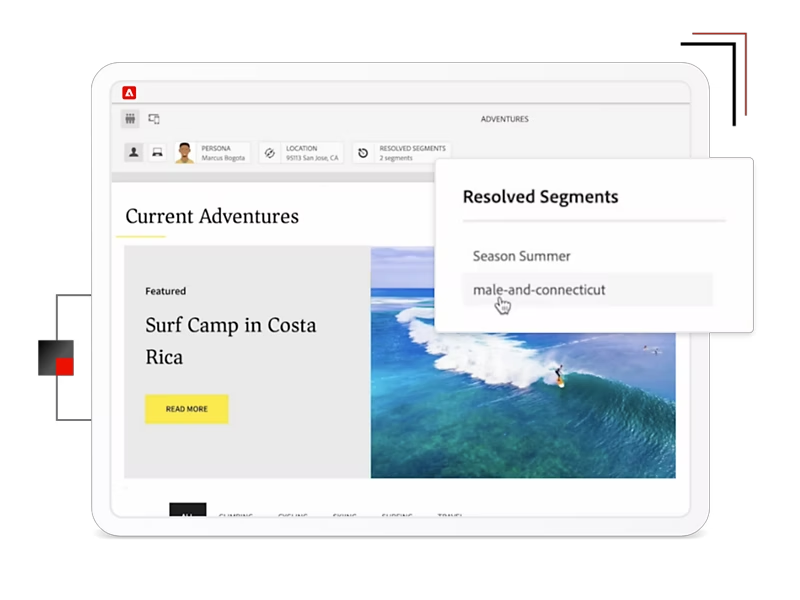What are ECM systems and their significance in content management?
Organizations can use AEM Sites to develop, modify, and publish content from a single interface for websites, mobile apps, and other digital platforms. The platform provides a variety of simple tools and features that make content authoring easier and free users to concentrate on making engaging experiences rather than dealing with complicated technical issues. Authors can reuse existing content components and templates across various pages and channels thanks to AEM Sites, which boosts productivity and consistency.
Additionally, AEM Sites interfaces with the rest of the Adobe Marketing Cloud suite as well as the other Adobe Experience Manager modules. Organizations can now take advantage of more capabilities for personalization, analytics, targeting, and optimization thanks to this integration. AEM Sites gives businesses the power to provide highly relevant and customized consumer experiences that increase engagement and conversions by leveraging data and insights.
In conclusion, unstructured content with rich contextual information dominates the landscape of digital content today. Organizations are given a strong platform to manage online, mobile, and application content by means of AEM and AEM Sites. With features like language support and collaboration capabilities, AEM Sites lets content producers to operate efficiently across regions and countries. Organizations can deliver tailored customer experiences at scale while streamlining content management procedures and guaranteeing uniformity across digital channels by utilizing AEM Sites.


